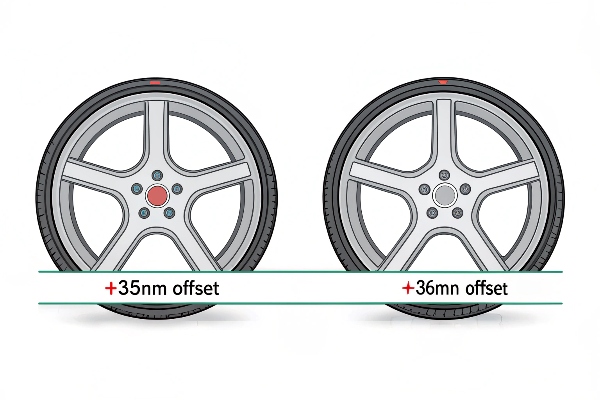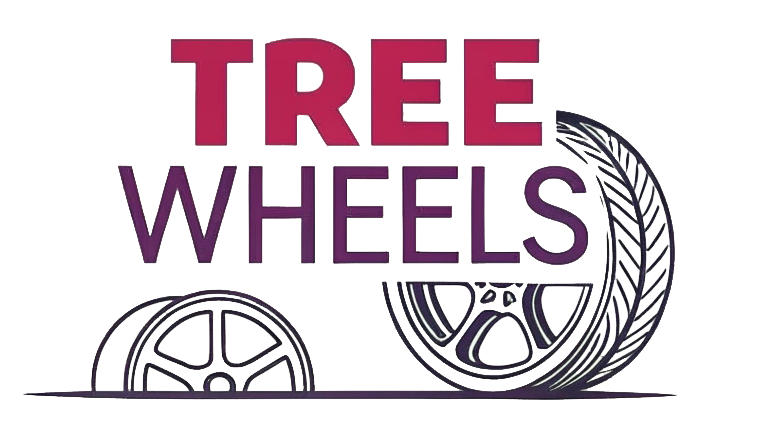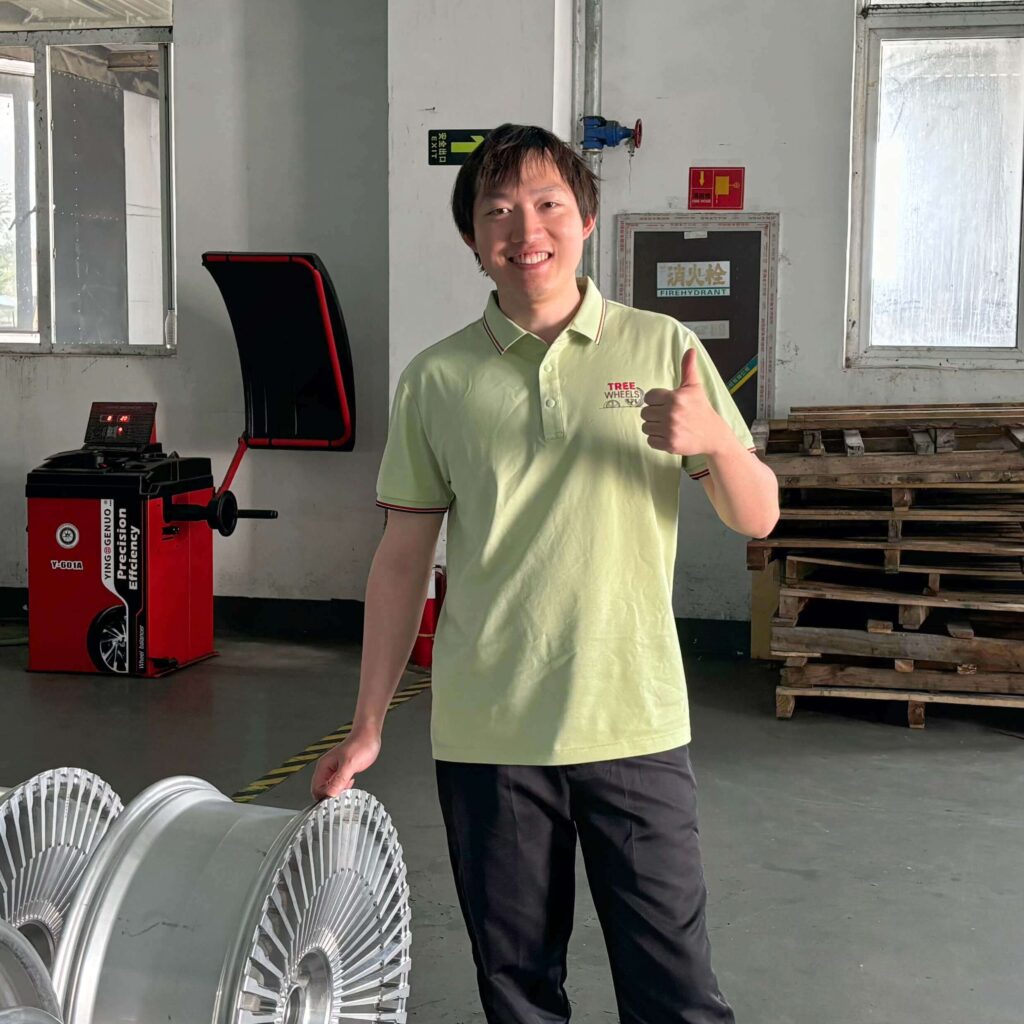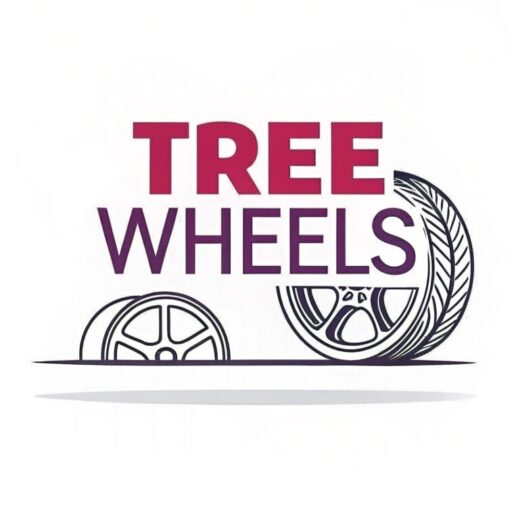Positive offset sounds like a good thing—but when it comes to wheels, does it mean they’ll stick out too far?
No, positive offset does not make wheels stick out. It actually pulls the wheel inwards, keeping it tucked under the fender, just like most stock wheels.
](https://treewheels.com/wp-content/uploads/2025/05/1-9.jpg)
Some people want that aggressive, wide look. Others just want their car to drive smoothly without rubbing or damaging the suspension. If you're wondering whether a positive offset will ruin your car's look or performance, let me walk you through what it really means—plain and simple.
Does positive offset make wheels stick out?
Positive offset might sound like the wheel is “moving forward,” but it does the opposite.
Positive offset moves the wheel face inward toward the suspension, meaning it tucks under the fender instead of sticking out.

You can think of offset as the relationship between the wheel’s hub mounting surface and its centerline. A positive offset means that hub surface is in front of the centerline, which pulls the whole wheel closer to the inside of the car. This is why most OEM wheels use positive offset. It keeps the wheel inside the fender and avoids any contact with the wheel arch. It’s the safest and most conservative design. Just like traditional Chinese medicine—it might not look flashy, but it's good for long-term health.
How much does a +1 offset stick out?
A +1 offset sounds like a tiny change—but does it show up on the car?
A +1mm change in offset is almost invisible. It moves the wheel just 1mm outward or inward depending on direction.

To give this more context, 1mm is about the thickness of a credit card. So, going from a +35mm offset to +36mm will pull the wheel 1mm inward—almost nothing changes visually. But when you add or subtract 10mm or more, it can start to affect both looks and function. Small changes in offset are like tiny adjustments in your posture. You won’t notice much at first, but over time, they add up. That’s why we always recommend checking fitment data before jumping into offset changes—even minor ones.
How far will a tire stick out with an offset?
This is one of the most common questions from car modifiers—and it’s the one with the most variables.
The amount a tire sticks out depends on offset, wheel width, and tire width together—not just offset alone.

Let’s break it down.
Key factors that affect how far a tire sticks out:
| Factor | Effect |
|---|---|
| Offset | Lower offset = more stick-out; higher offset = more tuck-in |
| Wheel Width | Wider wheels stick out more even with same offset |
| Tire Width | Wider tires can bulge beyond the wheel edge |
Let’s say you go from a +35 offset to +15. That’s a 20mm difference, meaning the wheel face moves outward by 20mm. But if you also increase wheel width from 8 inches to 9 inches, that adds another ~12.7mm (half of the width gain) sticking outward. Altogether, that could be over 30mm—more than an inch. That's how aggressive stances are created, and why some setups cause fender rubbing. To get it right, I usually recommend mock fitting or measuring carefully before committing to offset changes.
Which way does positive offset go?
The direction of offset isn’t always obvious, so let’s clear that up.
Positive offset moves the hub mounting surface toward the wheel face, pushing the wheel inward toward the suspension.

Think of it like this: the more positive your offset, the more your wheel is pulled “inside” the car. That means the face of the wheel sits closer to the center of the car body. This is the default for most modern vehicles because it creates a safer, more stable ride. It keeps the suspension geometry aligned and avoids putting extra stress on wheel bearings.
When you go negative offset, the hub moves behind the centerline of the wheel, and the wheel face pushes outward—this is what gives that wide, show-car stance. It looks bold, but it wears out your suspension faster. Like I said earlier, negative offset is like being young and reckless. If you’re just having fun and know the risks, go ahead. But for long-term driving, especially at high speeds, positive offset is the more practical, balanced choice.
Conclusion
Positive offset does not make wheels stick out—it keeps them tucked in, just like your stock wheels. Choose wisely based on your goals.
Custom forged wheels made by Tree Wheels—style without compromise.



